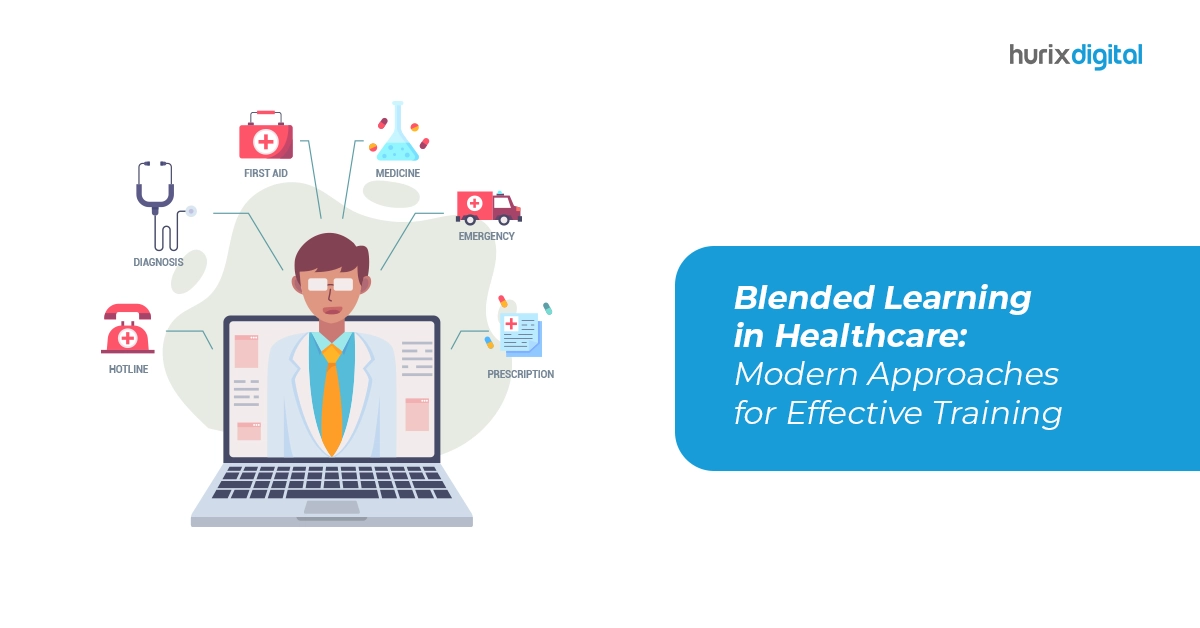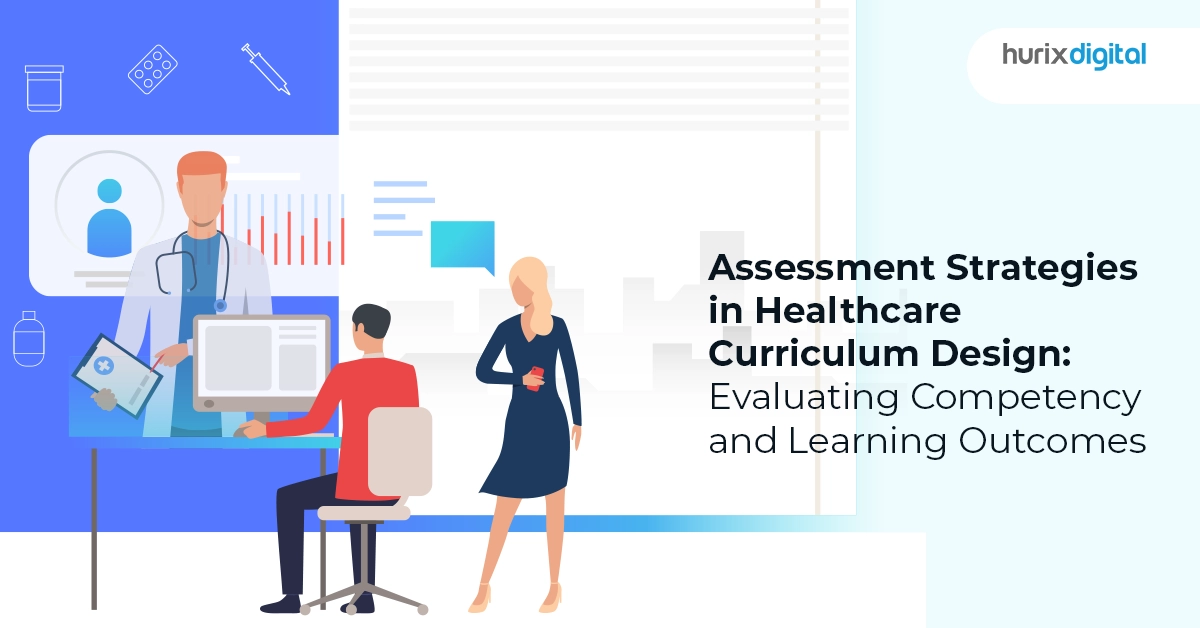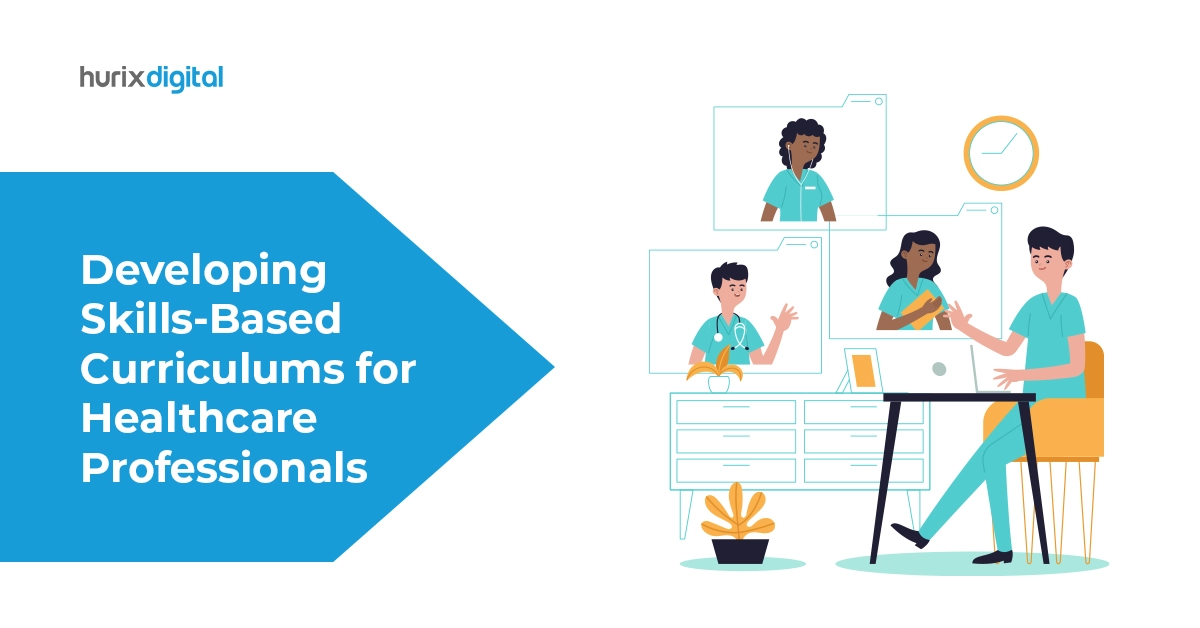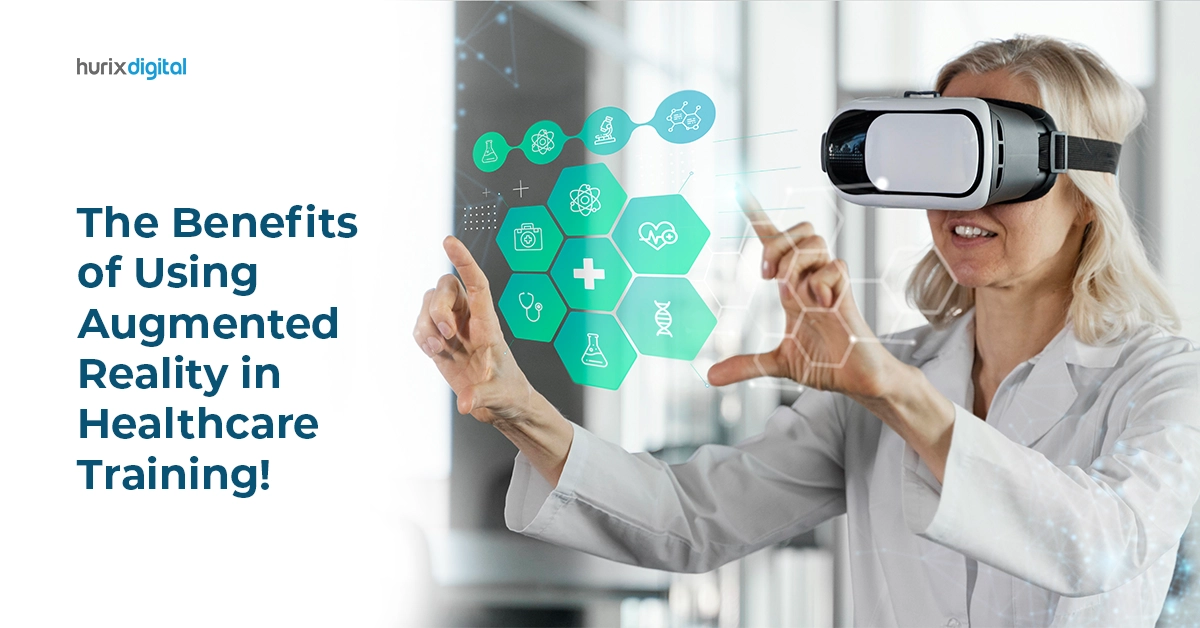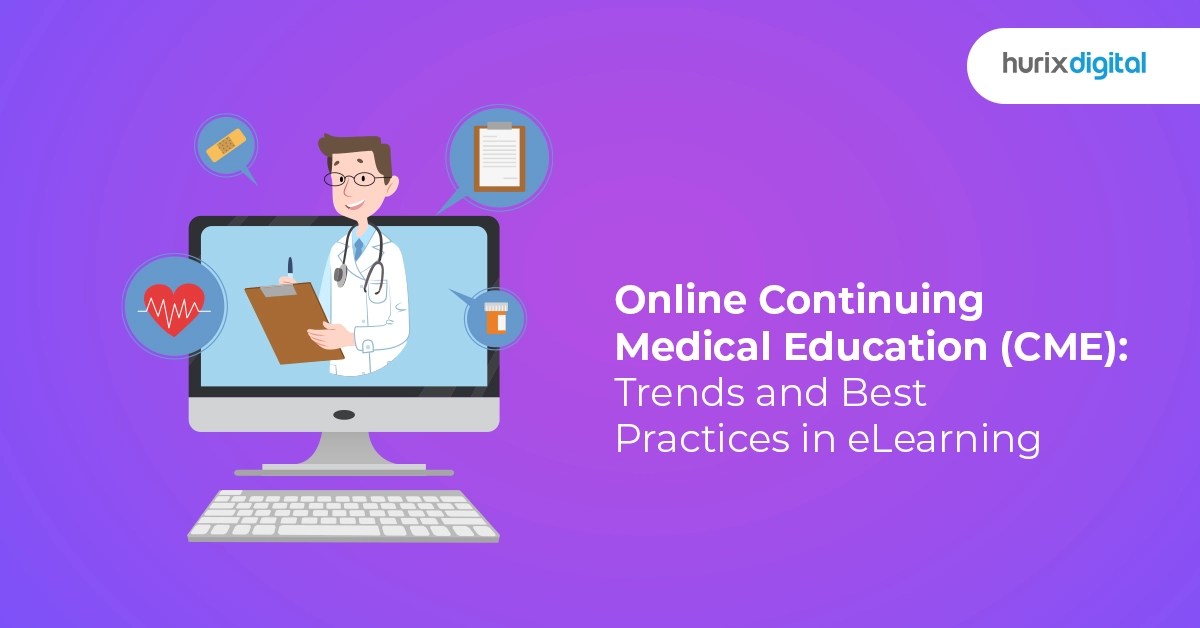
Online Continuing Medical Education (CME): Trends and Best Practices in eLearning
Summarize with:
The medical field is a fast-paced one. New discoveries, advancements in technology, and evolving best practices demand healthcare professionals to stay on top of their game. That’s where Continuing Medical Education (CME) comes in. CME ensures healthcare professionals maintain their competency and deliver the best possible care to their patients.
However, traditional CME formats, like conferences and workshops, can be inconvenient and time-consuming. Enter eLearning solutions – a game-changer in the world of CME. According to a report, the global continuing medical education market will grow at a CAGR of 7.70% from 2022 to 2028, reaching a value of USD 13.52 billion.
This number paints a clear picture: eLearning is the future of CME. So, how can you leverage this powerful tool to stay ahead of the curve? Let’s find out!
Table of Contents:
- What is CME (Continuing Medical Education)?
- Why eLearning Solutions Are Perfect for Busy Medical Professionals
- Unveiling the Top Trends in eLearning for CME
- Best Practices for Creating Engaging and Effective Online CME Courses
- The Power of eLearning: Benefits for Both Learners and Institutions
- Ready to Dive into Online CME?
What is CME (Continuing Medical Education)?
In the ever-evolving world of medicine, staying current with the latest advancements and best practices is paramount for healthcare professionals. This is where Continuing Medical Education (CME) steps in.
CME refers to educational activities designed to help healthcare professionals, such as physicians, nurses, and pharmacists, maintain and enhance their competence, knowledge, and skills. By actively participating in CME, healthcare professionals can ensure they are delivering the highest quality of care to their patients.
There are various types of CME activities, including:
- Live conferences and workshops
- Online courses and modules
- Journal reviews and self-study programs
- Participating in clinical trials
The specific CME requirements vary depending on the profession, licensing board, and state regulations. However, most require healthcare professionals to complete a certain number of CME credits per licensing renewal period.
Now, let’s explore why eLearning solutions are perfectly suited for busy medical professionals to fulfill their CME requirements.
Also Read: How AI is Revolutionizing Healthcare Education and Training
Why eLearning Solutions Are Perfect for Busy Medical Professionals
Imagine this: you can squeeze in essential CME credits during your commute, on your lunch break, or even in those precious stolen moments between appointments.
That’s the beauty of eLearning solutions. They offer unparalleled flexibility:
- On-demand learning: Learn at your own pace, whenever and wherever it suits you.
- Bite-sized modules: Break down complex topics into manageable chunks for easier comprehension and retention.
- Varied learning styles: Choose from interactive modules, engaging videos, podcasts, and quizzes to cater to individual learning preferences.
- Accessibility: Access CME courses from any device with an internet connection, making learning truly mobile.
With eLearning, you can ditch the scheduling hassles and fit professional development seamlessly into your already demanding schedule.
Unveiling the Top Trends in eLearning for CME
The world of eLearning is constantly evolving, offering exciting new ways to make CME even more engaging and effective. Here are some of the hottest trends to watch:
- Microlearning: Short, focused learning modules packed with high-yield information are the new stars. They’re perfect for busy professionals who can quickly grasp key concepts in bite-sized chunks.
- Gamification: Think points, badges, and leaderboards! Gamification elements add a touch of fun and healthy competition, boosting motivation and engagement with the learning material.
- Adaptive Learning: This cutting-edge technology tailors the learning experience to your individual needs. The platform assesses your knowledge level and adjusts the difficulty and content to create a personalized learning journey.
- Virtual Reality (VR) and Augmented Reality (AR): Imagine practicing a new surgical procedure or experiencing a complex medical case in a safe, virtual environment. VR and AR are revolutionizing CME by offering immersive and interactive learning experiences.
- Social Learning and Collaboration: Foster a sense of community and encourage knowledge sharing through online forums, discussion boards, and collaborative activities within the eLearning platform.
These trends highlight the shift towards a more interactive, learner-centered approach to CME.
Best Practices for Creating Engaging and Effective Online CME Courses
Developing high-quality eLearning solutions requires careful planning and attention to detail. Here are some best practices to ensure your online CME courses are both informative and engaging:
- Clearly defined learning objectives: Outline the specific knowledge and skills participants will gain by completing the course.
- Target the right audience: Consider the specific needs and learning styles of your target audience – experienced physicians, residents, or a mix.
- Expertly crafted content: Ensure the content is accurate, up-to-date, and delivered by credible medical professionals.
- Variety is key: To keep learners engaged, incorporate a mix of multimedia elements, such as interactive modules, animations, case studies, and self-assessments.
- Mobile-friendly design: With the rise of mobile learning, ensure your courses are optimized for viewing and interacting with on smartphones and tablets.
- Accessibility considerations: Make your courses accessible to learners with disabilities by incorporating features like closed captions, transcripts, and alternative text descriptions for images.
- Regular feedback and updates: Continuously gather feedback from learners to improve the course content and delivery methods. Update your courses regularly to reflect the latest medical advancements and best practices.
By following these best practices, you can create eLearning CME courses that are not only informative but also a truly enriching learning experience for medical professionals.
The Power of eLearning: Benefits for Both Learners and Institutions
The shift towards eLearning for CME offers a win-win situation for both learners and institutions.
1. Benefits for Learners
- Flexibility and convenience: Fit professional development seamlessly into your busy schedule.
- Cost-effective: Online courses are often more affordable than traditional CME formats.
- Self-paced learning: Learn at your own pace and revisit modules for reinforcement.
- Access to a wider range of courses: Choose from a diverse selection of CME courses not limited by geographical location.
2. Benefits for Institutions
- Reduced costs: Delivering CME online eliminates venue rentals, travel expenses, and catering costs.
- Wider reach: Reach a larger audience of healthcare professionals across geographical boundaries.
- Scalability: Easily accommodate a growing number of learners without logistical challenges.
- Data-driven insights: Track learner progress and course completion rates to assess the effectiveness of your CME programs.
Also Read: Slicing the Importance of Digital Accessibility in the Healthcare Industry
Ready to Dive into Online CME?
eLearning is transforming the way healthcare professionals pursue Continuing Medical Education. With its flexibility, engaging formats, and demonstrably positive outcomes, eLearning is the future of CME.
Hurix Digital is at the forefront of developing innovative eLearning solutions for the medical field. Our team of instructional designers and medical content experts can help you create high-quality, accredited CME courses that will keep your learners engaged and empowered.
Contact Hurix Digital today to discuss how we can help you leverage the power of eLearning for your CME needs.
Summarize with:

Senior Vice President – Business Development
at Hurix Digital, with over 25 years of experience in EdTech and workforce learning. He excels in business development, customer relationship management, and scaling digital learning solutions, driving global growth through innovative content, simulations, and AI‑driven training offerings
 A Space for Thoughtful
A Space for Thoughtful 
